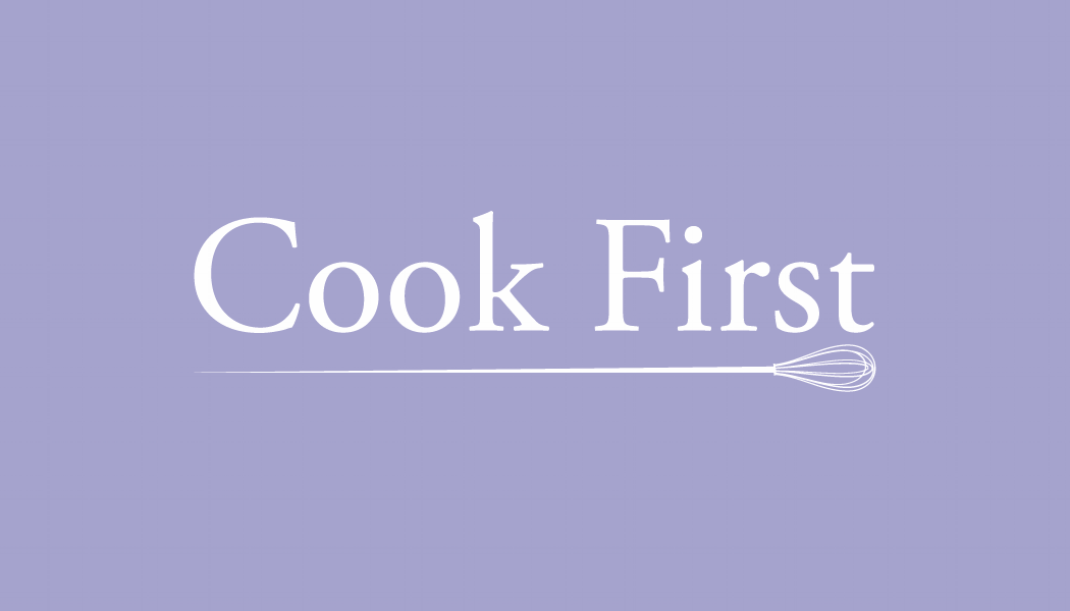Food Rituals

I’ve always been a huge admirer of the sense of community, the incredible generosity and the unceasing hospitality of my Jewish friends. And in particular, the intricate symbolism of their cuisine.
The parents of a best friend of mine used to feed me and my other university friends almost on a weekly basis when we were poor students in London. They would openly welcome us to share their food, to have Sabbath supper and lunch with them, feeding us until we almost burst – and, my goodness, how we looked forward to these home-cooked feasts. From the customary freshly baked challah to the darkest of chocolate cakes to finish, always being made to feel part of a warm, embracing family… it was just wonderful.
Judaism has a special connection with food. The weekly Sabbath is centred on a supper where bread is broken and traditional foods are eaten. It places great emphasis on coming together, on sharing – and quite literally, on the breaking of bread.
Although some people may assume it’s relatively limited due to Kosher practices and dietary laws (known as kashrut), Jewish cuisine is actually really varied and diverse. The Jewish diaspora adopted the cuisines of their new homes and adapted them to conform to their dietary laws and, in turn, influenced the culinary culture of wherever they settled - another good reason for visiting the Jewish quarter of any capital city!
Since I had to change my diet and experiment with eliminating certain foods, I really identify with the attitude of making the best out of a dietary prohibition. Instead of seeing it as restrictive, use it as an opportunity to explore a whole new way of cooking, to get inventive and creative with foods that you’re able to eat but might never have tried before. For example, I introduced these Jewish friends of mine to a lot of Vegan and plant-based desserts made with wheat-free flours such as amaranth – which, being dairy-free, they could eat for dessert after a meaty main course.
In Jewish culture, dietary prohibition has been the catalyst for the creation of so many specialised and delicious dishes, such as the inventive dishes that are eaten over Passover, or Pesach. This is a festival that celebrates the liberation of the Jewish from slavery in Egypt, and, during its eight days, no hamez (leavened foods) can be eaten. Tht often means that nothing that ‘rises’ is even kept in the house during this time. But this in turn has meant that, in order to get around these constraints, specialities have been formed with ingredients such as ground almonds in place of flour in cakes, or the classic matzoh flatbread that contains no yeast. Standard Pesach fare also includes haroset - a mixture or relish of fruits and nuts to represent the mortar that bound the Jewish slaves to the Pharaohs – as well as kugel made with warming spices and potato, but the base vegetables used in fact varies from region to region.
Spending time in a Jewish household has deepened my fascination and respect for their practices surrounding food. It has also made me realise that food is deeply ritualistic - think of the morning coffee you personalise to your taste or that little piece of chocolate you have to have to finish off supper, and then, more broadly, all those foods, or lack of them, that represent or allude to religious beliefs such as Halal meat or hot cross buns, meatless or beef-less diets…
The focus on, and significance of, food has lived on through the ages. Food rituals that have religious symbolism are a way of keeping tradition alive; they adapt to the present context but never fully change.
An NY Times blog post highlighted a study in 2013, where scientists discovered that rituals performed around food actually influence the way the food is enjoyed. To me, that makes perfect sense.
Food is part of our self-identity; what we eat defines who we are.

